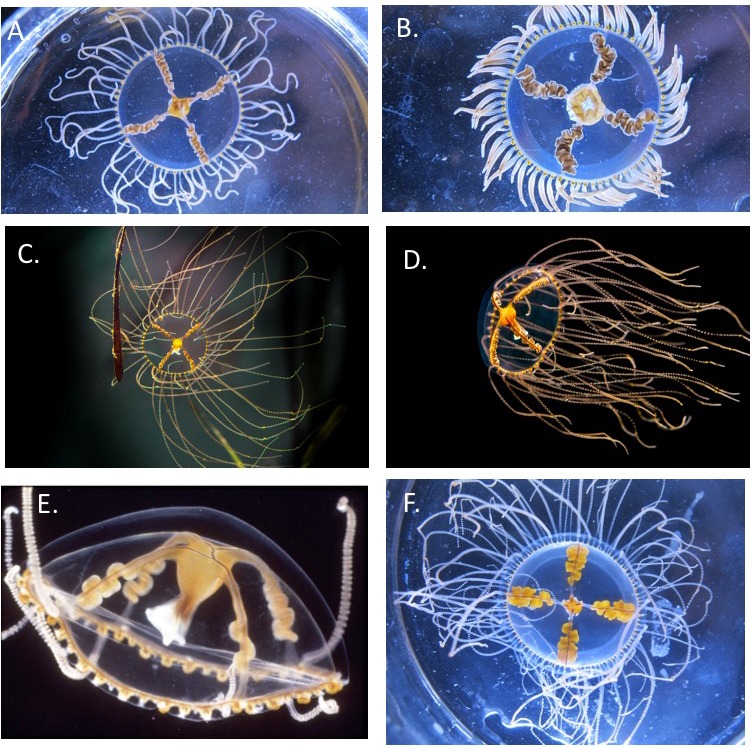Figure 1. Comparison of Gonionemus medusae.

In general, most of the NWA and NWP medusae observed in this study were relatively flat and have thin, dull brown and orange gonads, and the 4 NEP medusae used in this study were relatively hemispherical and had bright orange fleshy gonads. Gonads are found on the radial canals. Note, photos were taken under different lighting conditions so the colors are not directly comparable. While scale bars are not shown, the maximum size of mature medusae that we recorded was 2.5 cm in the NWA and 3.0 cm in the NWP. (A) Typical contemporary NWA Gonionemus. Photo credit A. Govindarajan. (B) Less commonly observed contemporary NWA Gonionemus with fleshier gonads. Note the tentacles are contracted. Photo credit A. Govindarajan. (C) NWP (Vladivostok-area) Gonionemus with an eelgrass blade. Photo credit L. Petrova. (D) NWP (Vladivostok-area) Gonionemus in flow conditions. Photo credit L. Petrova. (E) 1960s NWA Gonionemus from the Woods Hole region. Some tentacles are missing but note the relatively thin gonads. Photo credit William Amos, Marine Biological Laboratory, courtesy of the Peabody Museum of Natural History, Yale University. (F) Contemporary Gonionemus from the NEP (San Juan Island). Photo credit A. Govindarajan.
